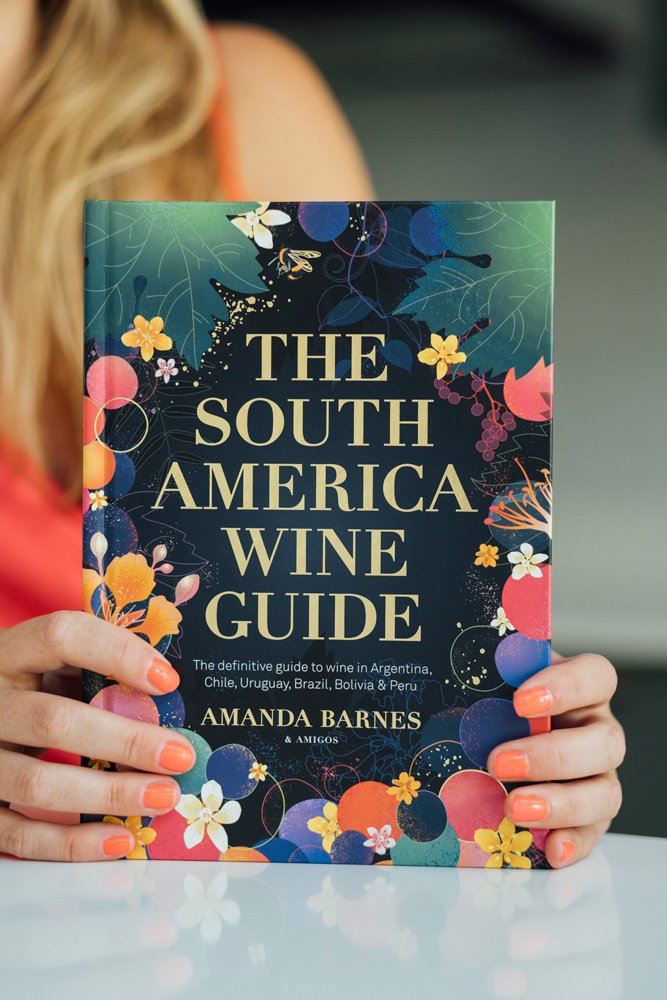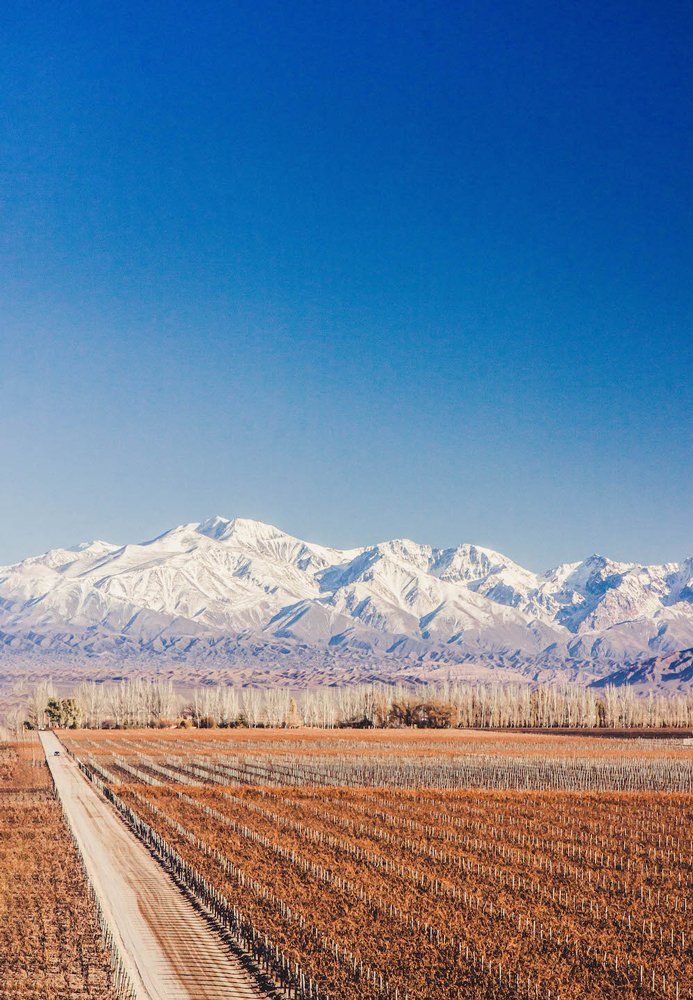▻ The Wines of South America with Amanda Barnes
In conversation with Amanda Barnes
Episode Summary:-
Sarah Kemp talks to Amanda Barnes, author of The South America Wine Guide, her new book which is now being distributed by the Academie du Vin Library. Amanda grew up in the English countryside, and she describes how her family loved food and wine, and how, unlike most families, used to fight about whose turn it was to cook. Travel was part of her childhood. “Wine was always part of our travels and dinner table,” she says, but her professional interest in wine began when she went to Mendoza in 2009, after she had studied the great South American authors, such as Jorge Luis Borges and Gabriel Garcia Marquez, at Kings College in London “It was through literature that I fell in love with South America from afar.” After university, she left Britain. “I didn’t think I could be a serious food or travel writer without an understanding of wine, so Mendoza was the first stop on the plan.” Fortuitously, she landed a job at the local wine magazine and caught the wine bug. She has lived in Mendoza ever since, and over the past years has travelled around South America visiting vineyards and talking to winemakers. After 10 years of research, she self-published her book, which has won both the André Simon award and the Fortnum & Mason Food and Drink Award.
Sarah asks what has changed since she landed in Mendoza. She explains that there has been a major shift from winery to vineyard, joining the global trend: “When I first arrived in 2009, the main thing that winemakers wanted to do was walk me through the barrel room; that all changed in about 2013/14, and from then on, they really focused on taking me into the vineyards and taking me down soil pits.” When asked who has led the change, she names soil specialist Pedro Parra as the person she believes has had the most profound influence.
In her book, Amanda has concentrated on terroir, and after much blind tasting has listed her “terroir selection,” recommending wines which really reveal a sense of place, as she names the regions she believes are the Grands Crus of South America. In Chile, she cites Limari for its white wines, Pinot Noir and Syrah. The wines, she finds, have wonderful chalky tannins, a lot of vibrancy and really great pulsating acidity. In Argentina, she names Gualtallary, but cautions that it is huge, like a large Burgundy region with Grands Crus, Premier Crus and village wines. At the highest altitudes you have limestone, cooler climates and wines with lots of breadth and body, freshness and great acidity. “Gualtallary is the Barolo of Malbec and Altamira the Barbaresco,” Amanda explains. She believes that Malbec is still today the king of Argentina, where you see the best quality expression. It is very transparent, showing its regional differences and leading to distinctive wines. Sarah suggests that Carménère hasn’t had the success for Chile, but Amanda believes it is worth trying. Cabernet Sauvignon is the most planted variety but she champions Pais as Chile’s most interesting grape. “Pais is so special, for me the variety that really pulls together the history of South America with the present.” Amanda also believes that old-vine Pais has a distinct expression of place. “I really think this is such a special expression of Chile, and really is highlighting Chile’s very interesting path back to authenticity.” She describes it as “Poor man’s Pinot Noir,” and is delighted to see that it is starting to appear on wine lists in Britain.
““I do think we are starting to see some Grands Crus of South America.” ”
Sarah and Amanda discuss how, despite the excitement over the wines of South America, the wines don’t get the space on fine wine lists that they deserve, and that very few people realise how well they age. “If you are going to spend £30-£40 on a bottle of wine, you really aren’t going to go wrong with Chile, Argentina or even Uruguay. You can hold those and make an incredible cellar for relatively little compared to what you would with other wine regions from around the world.” Amanda tells of her fondness for Uruguay, where there are lots of small family producers making different and diverse wines, from Sangiovese to Albariño. “No family’s wine tastes the same,” she says.
She also reveals breadth and diversity from the other countries she has covered in her book. In Peru, the main wine region is on the Pacific coast in the middle of sand dunes, whereas in Bolivia the vineyards are high in the mountains. Brazil has a strong local market, and the wines have changed a lot since she first visited. One of her favourite grape varieties to seek out is Semillon, which used to be much more widely planted. “What is exciting about Semillon from Chile and Argentina is that most of these are incredibly old vines from 60-120 years old. You get this great concentration to the wines.”
Sarah concludes by asking what was her happiest surprise over the past years. “How open everyone is in South America, everyone in the industry are friends, it is just so welcoming,” she replies. That is probably the reason why she bylines the book, “Amanda Barnes & Amgios.”
Running Order:-
-
0.00 – 8.54
“It was through literature that I fell in love with South America from afar.”
– Amanda Barnes talks about her childhood, how food and travel played an important role.
– Studying South American literature at university.
– Arriving in Mendoza, Argentina, and working for a wine magazine.
– How the wine industry has changed in South America since 2009.
– The person who she believes has had the most influence on the industry, Pedro Parra. -
8.55 – 19.44
“Malbec is where we see the best quality expression from Argentina.”
– The Grands Crus of South America – Amanda’s choice.
– Malbec – the quality and terroir revolution.
– Amanda’s favourite Chilean grape variety – Pais. -
19.45 – 39.14
“Semillon is my favourite variety to go hunting for in wine shops.”
– The lack of South American wines on fine wine lists elsewhere.
– The ability of South American wines to age.
– Uruguay and its wines.
– Bolivia, Peru and Brazil’s wines.
– Semillon in South America.
– Wine Tourism in South America.
RELATED POSTS
Keep up with our adventures in wine









John Stimpfig talks to Axel Heinz, who caused shockwaves last year when he left Ornellaia and Masseto to head back to Bordeaux to run Château Lascombes.